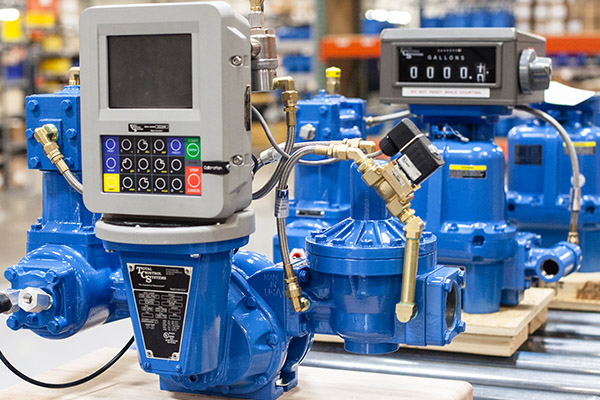There are two main types of ultrasonic flow meter: Doppler and Transit-Time. While both devices work to measure a substances flow in a pipe using the transmission and reception of ultrasound waves, Doppler flow meters can measure liquid with particulates in it (otherwise known as dirty liquid), while liquid without particulates (otherwise known as clean liquid) is measured by Transit-Time meters.
Clamp on flow transducers are used in both of these meters to detect the flow of liquid in a closed pipe, and this new, non-invasive technology has become more popular than traditional flow devices, and with good reason.
Here are 10 advantages of ultrasonic flow meters:
-
Pipes don’t need to be cut
Different to traditional flow devices, clamp-on meters require no pipe cutting, as the meter can be attached to the exterior of the pipe. The ultrasonic flowmeter then detects flow with the use of ultrasound waves, and calculates the flow velocity etc.
-
There is no immediate contact with the substance
Helping to avoid pollution and cross-contamination, clamp-on ultrasonic flowmeters can successfully be used within industries such as food, medical and chemistry.
Click here – KNOW EVERYTHING ABOUT STATIC CARAVAN INSURANCE
-
The risk of leakage is minimized
With no need for cutting a pipe, the risk of the pipe getting damaged and springing a leak is significantly reduced, provided the pipe is in a good condition. This is advantageous when used to measure the flow of substances that are corrosive.
-
Maintenance is reduced due to a lack of moving parts
With their use of moving parts to determine flow, traditional flowmeters have the added risk of damage and repairs. With ultrasonic testing, however, even if routine maintenance is occasionally required, it can be carried out during flow without any interruptions to the process.
-
There is no loss of pressure
Without any moving parts, and no direct contact with the substance, there is no subsequent loss of pressure. If there’s no loss of pressure, there’s no need for pressure compensation and no need to spend out on a pressure transmitter.
-
Low flow measurement
For pipes that are smaller in size, there are special devices to test flow, but they come with a high price tag. Ultrasonic flowmeters, on the other hand, can accurately measure low flow to enhance process control.
-
Higher degree of accuracy
Accuracy levels are proven to be higher in ultrasonic flowmeters than those of traditional flow meters that operate using mechanics.
-
They consume less power
With the possibilities offered by ultrasound technology, devices have been designed that use much less power, such as in ultrasonic water and heat meters. Thanks to their in-built 3.6V batteries, they are able to continue performing effectively for between 6 and 10 years.
-
They’re portable
Because of their lower consumption of power, and way of measuring while being clamped-on, portable ultrasonic flowmeters are super convenient, yet powerful devices for testing and surveying flow.
Click here – Does performing stomach exercises to aid in weight loss?
-
Long term costs are lower
While an ultrasonic flowmeter may cost you more than traditional flowmeters in your initial investment, when you factor in the installation fee, lifespan and maintenance required in mechanical meters, ultrasonic tests may even cost less in the long term.
If you’ve been considering making the switch to ultrasonic flowmeters, now might be as good a time as any to start making savings while gaining a more accurate result.






